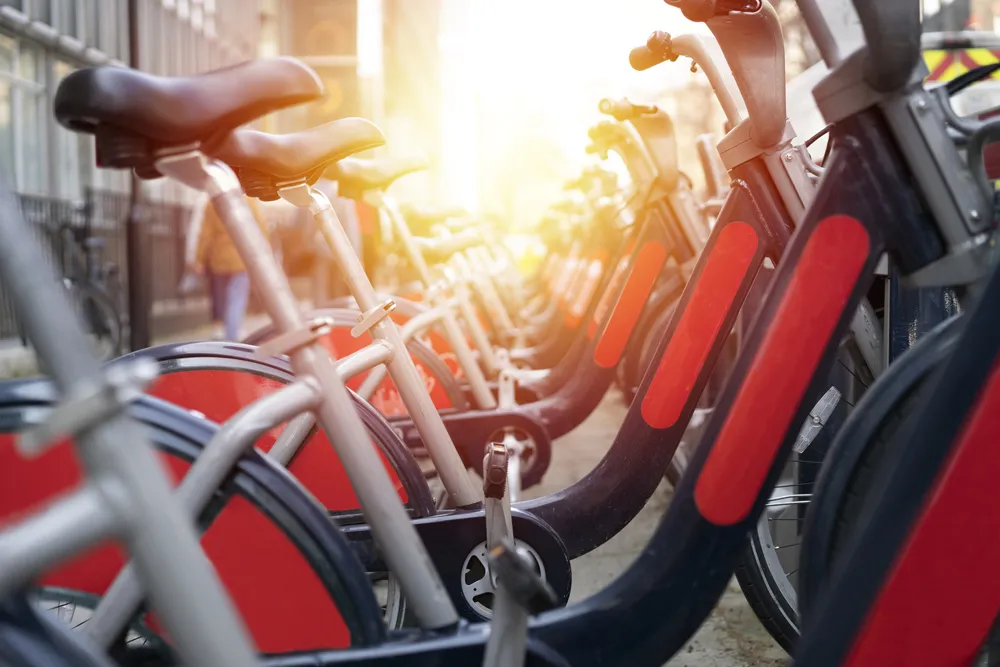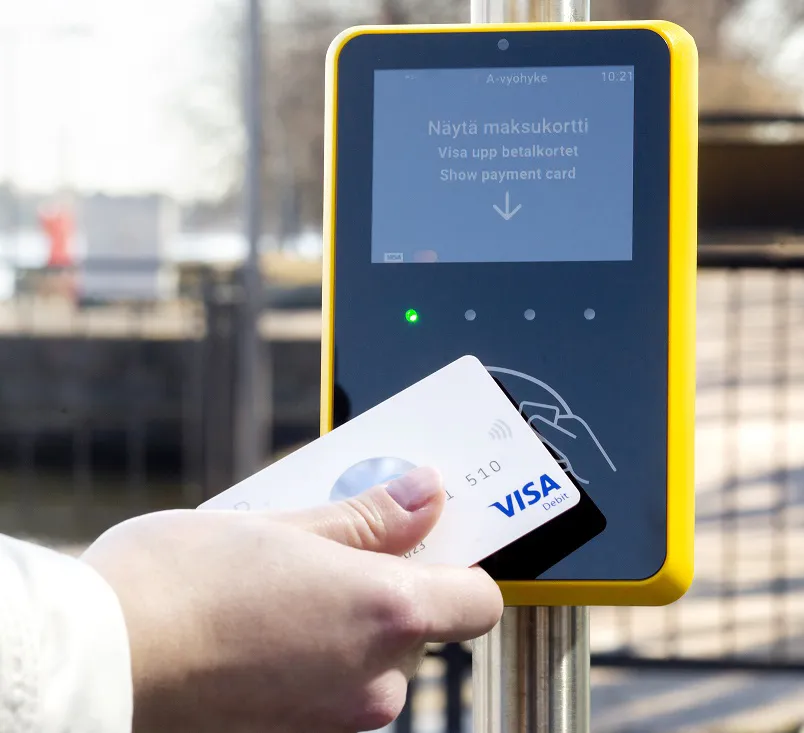Metric, together with US partner MobileNow, a leading provider of pay by cell parking services, has introduced what is being claimed as the first commercial parking payment service which allows a barcode printed on a ticket to be remotely scanned for the parking session to be extended.
March 23, 2012
Read time: 2 mins
Metric, together with US partner MobileNow, a leading provider of pay by cell parking services, has introduced what is being claimed as the first commercial parking payment service which allows a barcode printed on a ticket to be remotely scanned for the parking session to be extended. The new integrated payment solution is to be rolled out shortly to several cities in the US where Metric parking machines are in use. Under the name ParkNow!, the service also permits drivers to start and pay for the initial parking session by cell.
Metric says that the flexibility of its Aura parking meter software allows ParkNow! to easily integrate into the back office to retrieve the necessary information required for enforcement and reporting. The system can handle both space and licence plate numbers and is therefore able to work in all parking environments, such as pay and display, pay by space and pay by licence plate number.
“We are confident that by partnering with a US-based company which provides so many different solutions for cell phone payments we can offer our customers more options and increased satisfaction,” said Dave Witts, president of92 Metric Group Inc. “We are always looking for new ways to make our customers’ lives easier.”
Metric says that the flexibility of its Aura parking meter software allows ParkNow! to easily integrate into the back office to retrieve the necessary information required for enforcement and reporting. The system can handle both space and licence plate numbers and is therefore able to work in all parking environments, such as pay and display, pay by space and pay by licence plate number.
“We are confident that by partnering with a US-based company which provides so many different solutions for cell phone payments we can offer our customers more options and increased satisfaction,” said Dave Witts, president of










